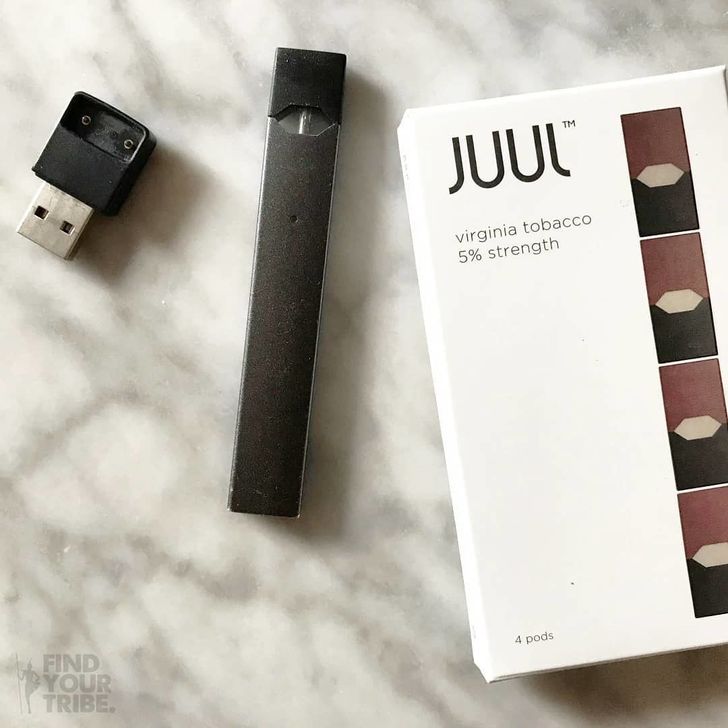"Do you know what a JUUL is?" my friend asked me during our FaceTime call.
When I replied no, she held up a grey rectangular device, which closely resembled a flash drive. She showed me how to use it and explained that it was an e-cigarette.
JUUL was originally a product by PAX Labs in 2015 before becoming its own separate company in 2017. The design is described as compact and discreet. The device is rechargeable; the charger deck, where the JUUL attaches magnetically, is tiny and plugs into a laptop just like a flash drive.
The vaporizer uses replaceable cartridges, or more commonly known as pods. The primary pod flavors consist of Mango, Cool Mint, Virginia Tobacco, Fruit Medley, and Creme Brulee. Limited edition flavors include Cool Cucumber, Classic Menthol, and Classic Tobacco. A pack comes with four pods. One pod is equivalent to one pack of cigarettes.
The e-cig gained popularity among college students, which was evident during my freshman year. Everyone seemed to know what it was. Many of them openly admitted to having "juuled" at least once before or owning one. JUULs became a hit overnight. High school students have joined the trend as well.
Due to its small size and subtle look, teens can juul without drawing attention anywhere and anytime, giving them the ability to do it at school.
People are after the buzz, but they are at risk of developing a nicotine addiction. Most users are, in fact, addicted.
A single JUUL pod contain a 5 percent nicotine concentrate, double the percentage in alternative e-juices. In addition, the flavors are very appealing to younger individuals, which generate the obsession and addiction.
With the continuous rise of JUULs among the youth, a spokesperson for the company said in a statement: "Our goal is to further reduce the number of minors who possess or use tobacco products, including vapor products, and to find ways to keep young people from ever trying these products."



















